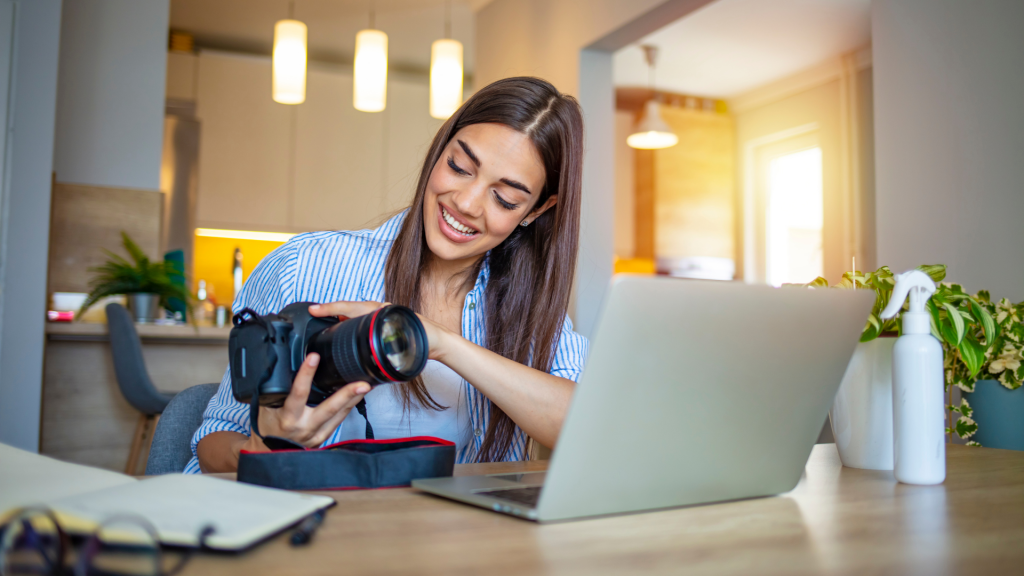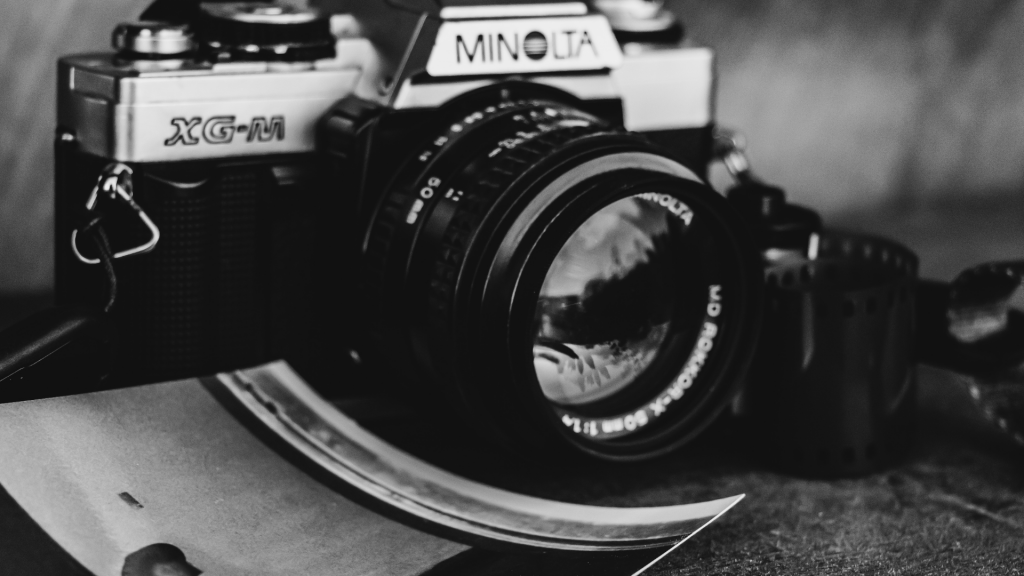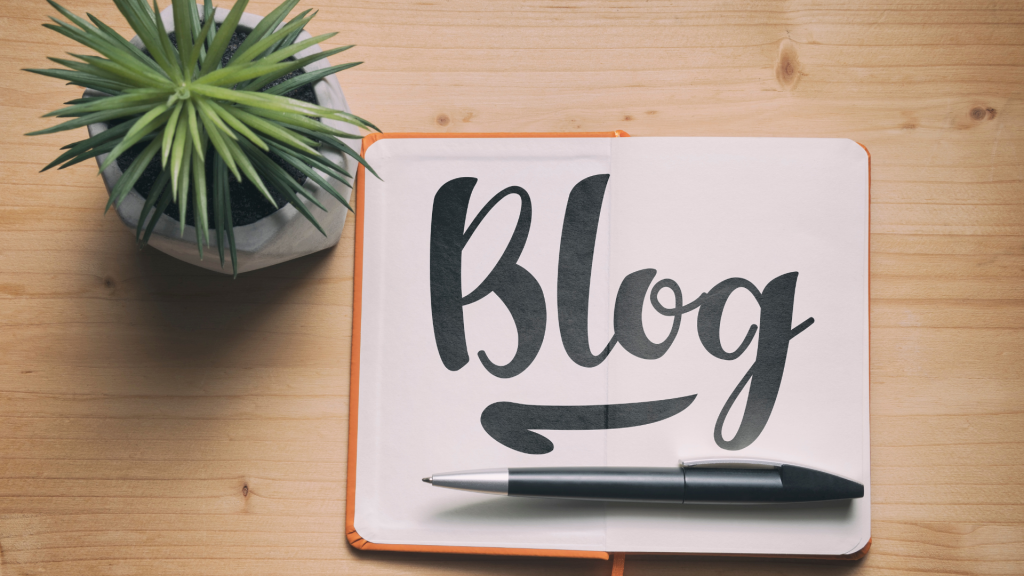Photography can be an excellent way to make money while pursuing other interests. The good news is that you don’t need to be a professional photographer to start making money right away. Instead, you can launch a small business that primarily focuses on shooting photos.Another advantage of starting a photography business is that many photographers also provide photography services or equipment to other businesses and offer digital prints, albums, and wall art to their clients.
Many people dream of turning their passion for photography into a profitable business but often feel overwhelmed about where to start. In truth, there is a lot involved in launching a photography business. Firstly, you will need a professional website to showcase your portfolio, services, and contact details. Legal and financial services are also essential for obtaining permits, setting up insurance, and ensuring compliance. Moreover, it is vital to maintain accurate financial records, so having a bookkeeping service to track your income and expenses is necessary. And if you are unsure where to find one, you can take a look and learn the right tips on finding a bookkeeper near you here. Additionally, you have to collaborate with a branding service who can help you to establish a strong identity for your business.
Furthermore, you’ll need many necessary pieces of camera equipment (or “gear,” as photographers like to call it) to make your dreams come true. So, before starting a photography business, ensure you have the appropriate equipment to do the work. If you don’t have the required funding for it, don’t worry! You can seek equipment loans florida or elsewhere to have the sufficient amount required to kickstart your photography business. These loans tend to be specifically designed to help aspiring entrepreneurs like you acquire the essential camera gear needed for a successful venture.
Here Is the Top Equipment You Need to Begin a Photography Business:
Tripod
Your camera’s zoom capability is all well and good, but unless you’re willing to take lots of blurry pictures, you’ll frequently find yourself in need of a tripod. The tripod is your camera’s best friend since it allows you to take steady photos without shaking the camera or camera lens. Plus, using a video tripod with your phone’s camera also allows you to take awesome videos.
Lighting
Do you need a lighting kit to begin a photography business? Starting, you may not need a lighting kit quite yet. But consider buying a simple daylight lamp. You won’t need expensive lights until you begin selling your images to larger clients.
Camera Strap
A camera strap is practically a must-have accessory for any photographer. No matter what kind of photography you do, a camera strap can come in handy. For example, if you shoot a lot of outdoor scenes, your strap will come in handy. It helps secure your camera to your shoulder and keeps it from knocking on things. If you shoot portraits, it will help you keep your hands free.
Cleaning Kits
From lens cleaning solutions to a microfiber cloth, a brochure-friendly maintenance kit will help you keep all your photo equipment in tip-top shape. Every professional photographer should be someone who knows how to clean equipment because there are only so many hours in a day, and we never know when the next accident will be.
Camera
While it’s not always necessary to invest in an expensive digital SLR, it can make a world of difference in the quality of your images. Keep in mind, however, that entry-level cameras are still quite capable and that when you grow beyond these, you can always upgrade to a better model.
Camera Lenses and Filters
As a photographer, you’ll shoot photos in a wide variety of lighting conditions, from very dark indoors to very sunny outdoors. Since good-quality lenses can greatly improve your photos, be sure to invest in high-quality lens options. Likewise, it would be beneficial to opt for lens filters. Lens filters can play a crucial role in enhancing image quality, adding creative effects, reducing glare, and protecting your lens. Take, for instance, ND filters, which can help photographers achieve balanced exposures, control light, create long exposures, and capture stunning landscape or motion blur shots. Articles at shutterreleaseworld can enlighten you further about this.
Camera Bag
Every photographer needs the right equipment. Professional equipment is important, but even more important is to have the right bag to carry it all. A bag that can carry a camera, lenses, flashes, accessories, a laptop, and a few other items is essential. What type of bag you need depends on you and the type of photography you do.
Memory Cards
Memory cards are one of the most important pieces of equipment for your photography business. When memory cards are full, you won’t be able to take as many photos.
Backdrops
You’ve decided you want to start a photography business, and now that you’ve got your equipment in order, you’re ready to start snapping photos. But before you do that, you’ll need to invest in backdrops. A backdrop is a color or pattern that is placed behind your subject, which gives it a more professional look and feels. Photographers love backdrops. They’re like wallpaper for photos, only more beautiful. They are an instant way to transform any setting into a different location.
Computer
You’ll need a computer to store your photos, and also to process photos.
External Hard Drive
An external hard drive is another essential business tool.
Monitors and Printers
Monitors and printers allow you to display your photos to your clients.
Software for Photographer
You can take your photography business to the next level with some of these photography business essentials. But a must-have for any serious photographer is a software solution like Adobe Creative Cloud Photography Plan, which includes Lightroom CC and Photoshop (both of which are included as part of your Photoshop CC membership), for $9.99 a month.
Photography equipment can be very expensive, but these days there are so many camera-related accessories available on a budget that it doesn’t take much to get started. Some camera stores offer cameras and accessories at very affordable prices, so it’s worthwhile to check them out. Make sure to also buy used equipment since buying new cameras and accessories can eat up a good chunk of your budget.









